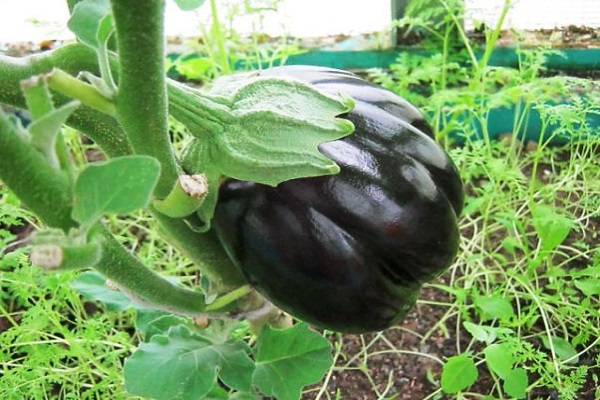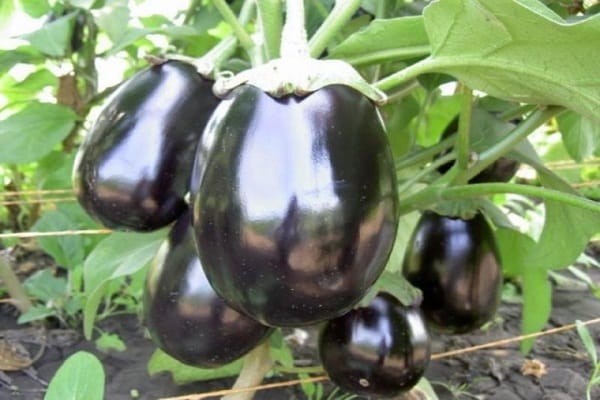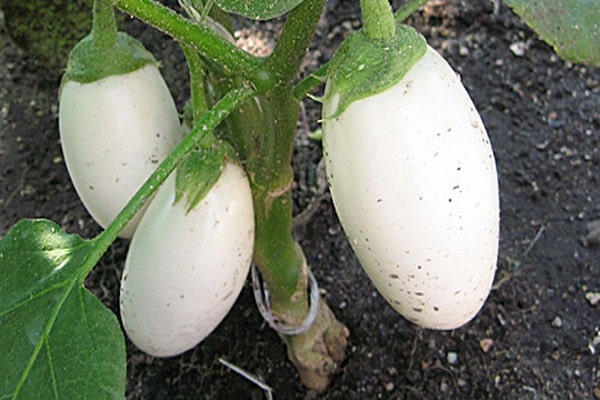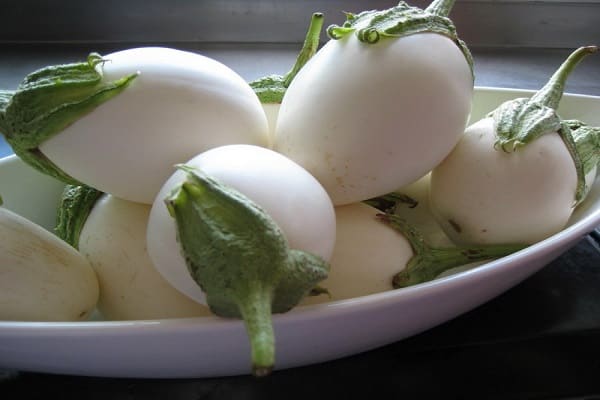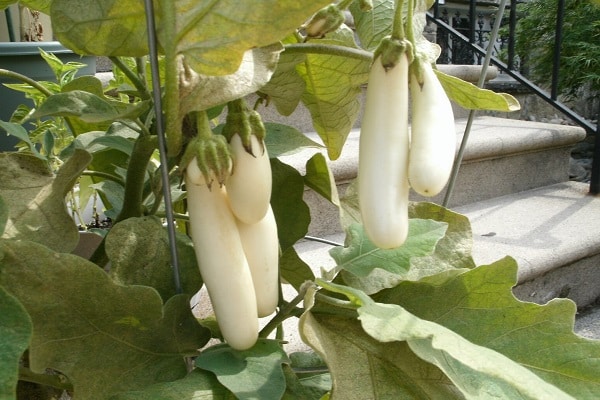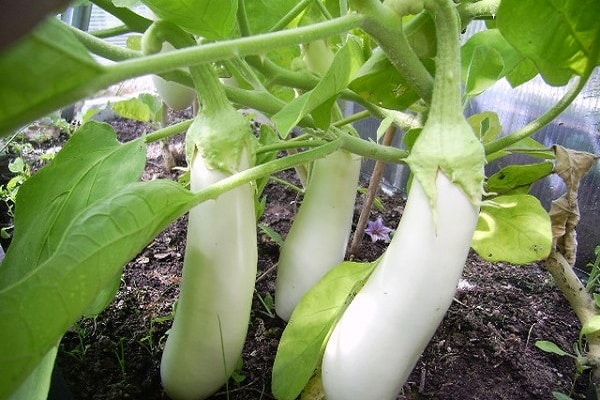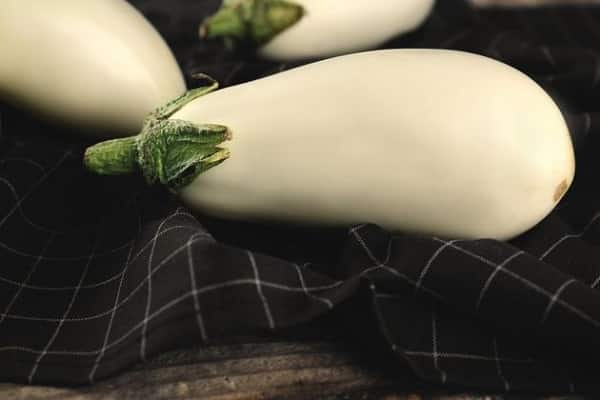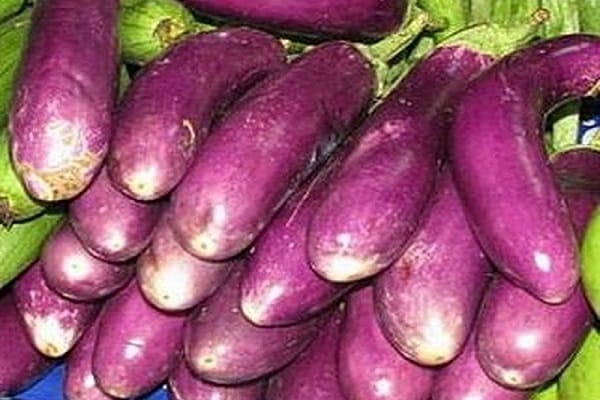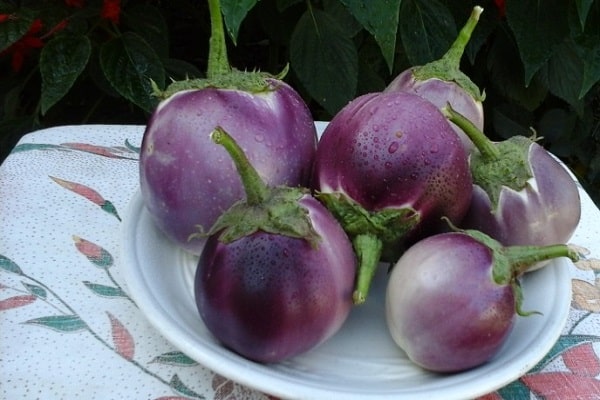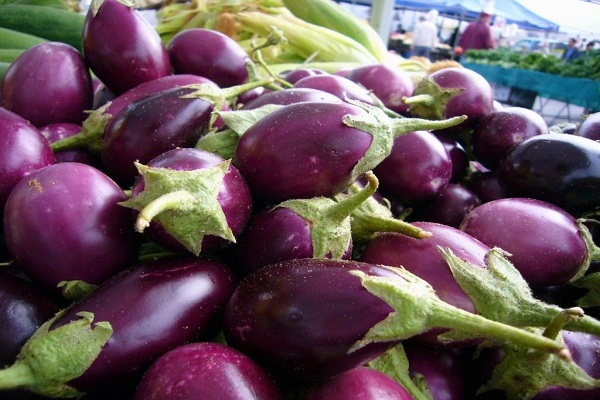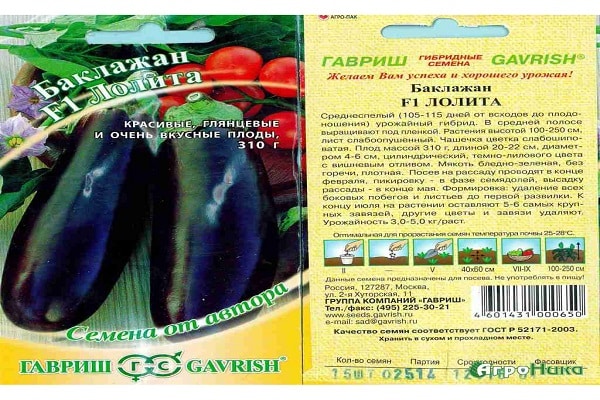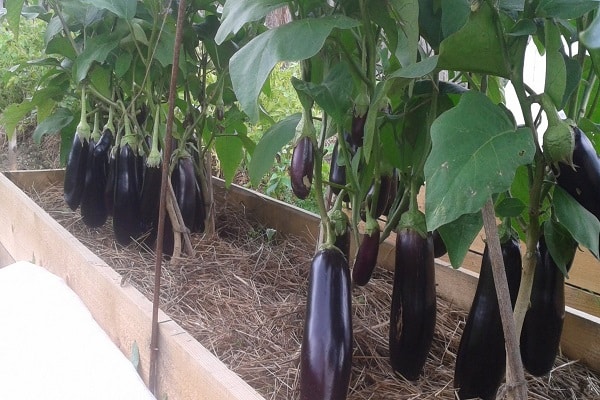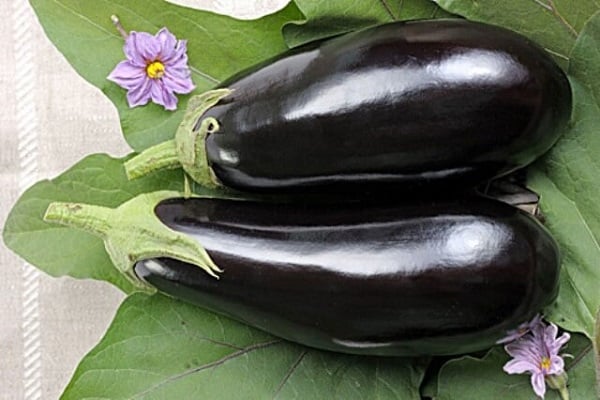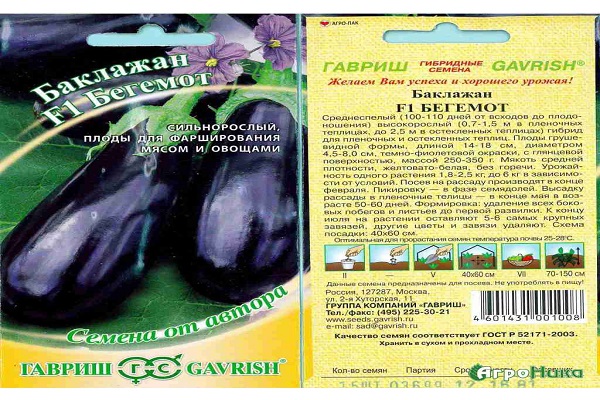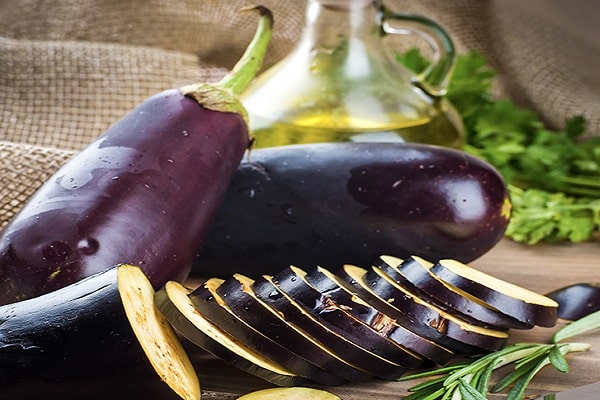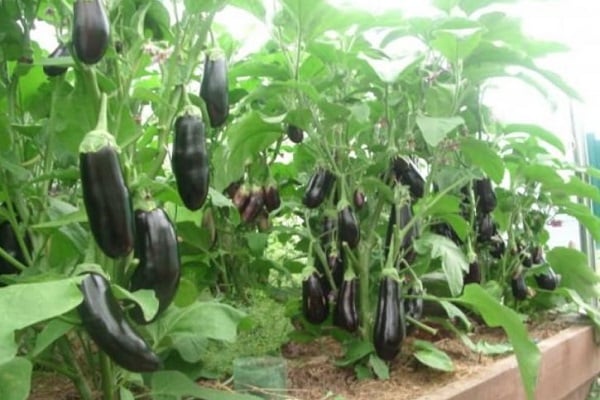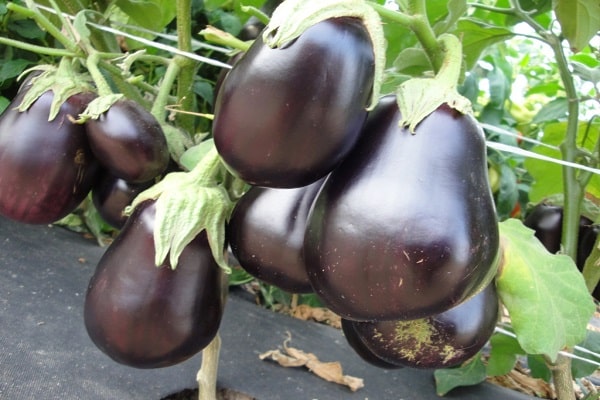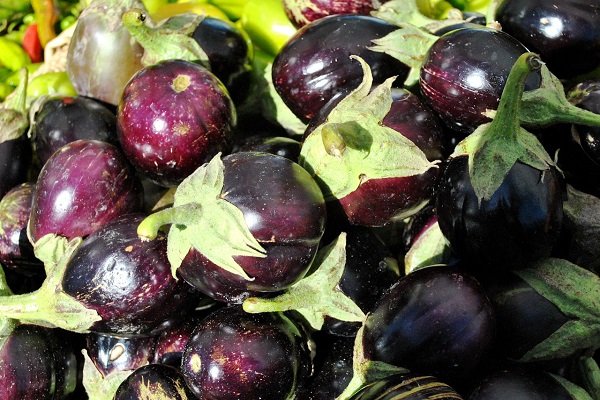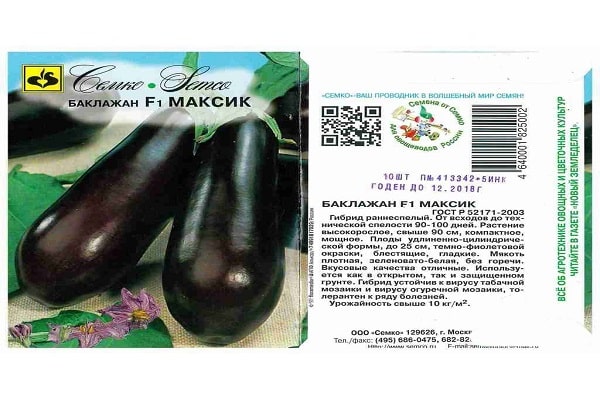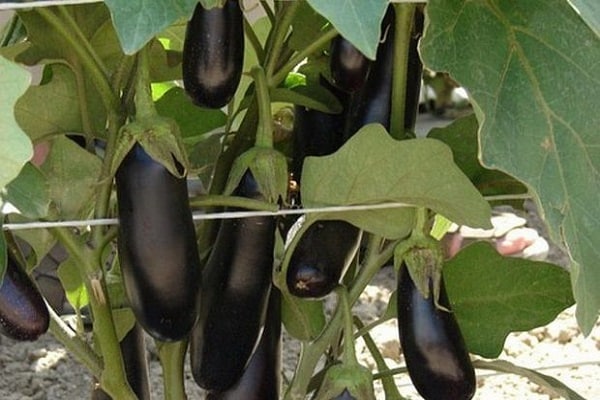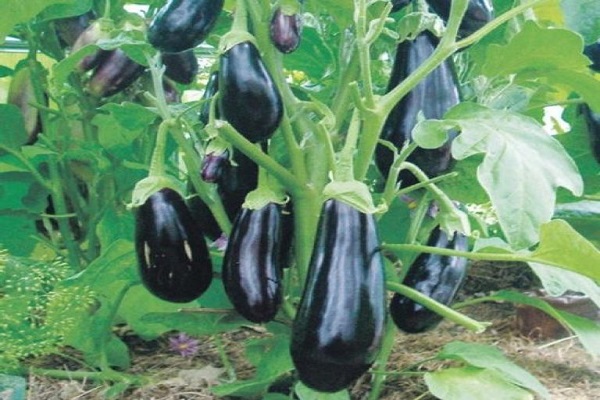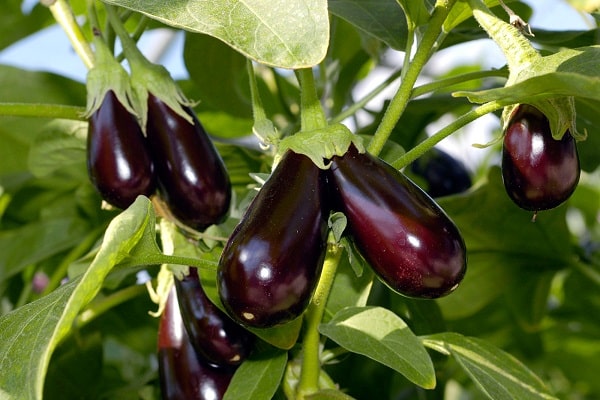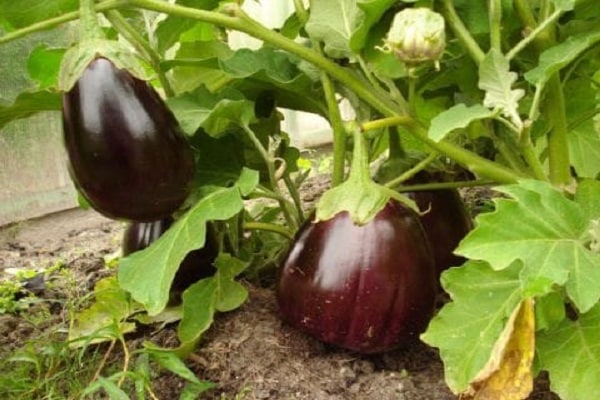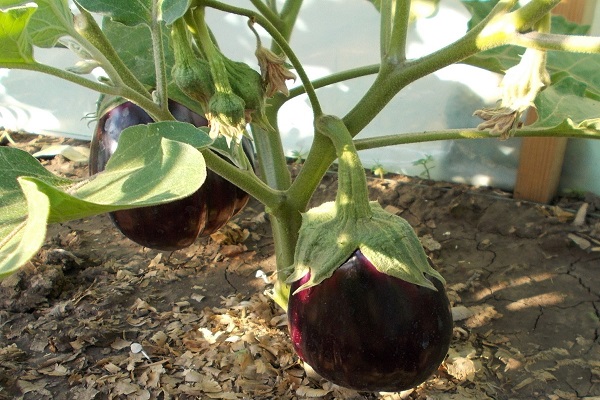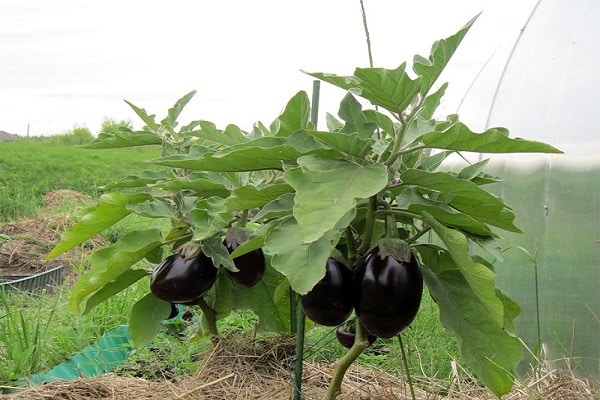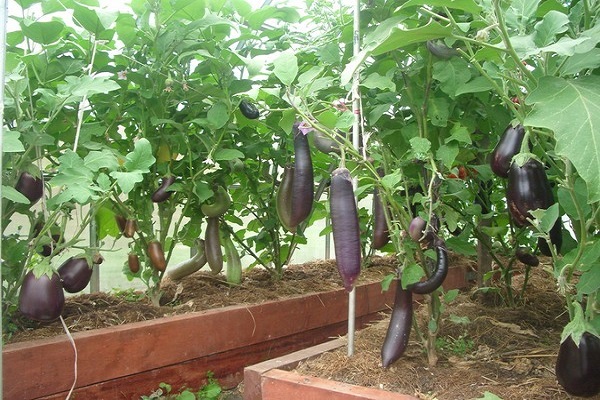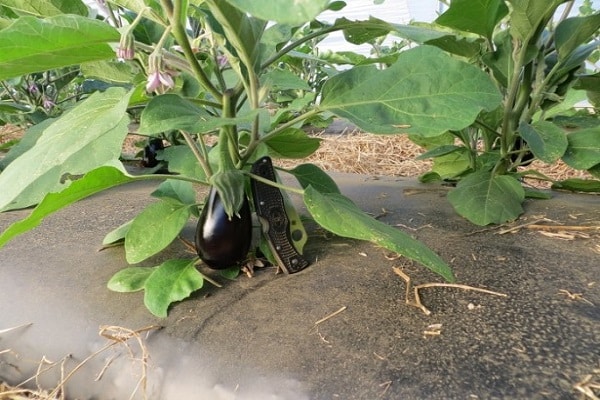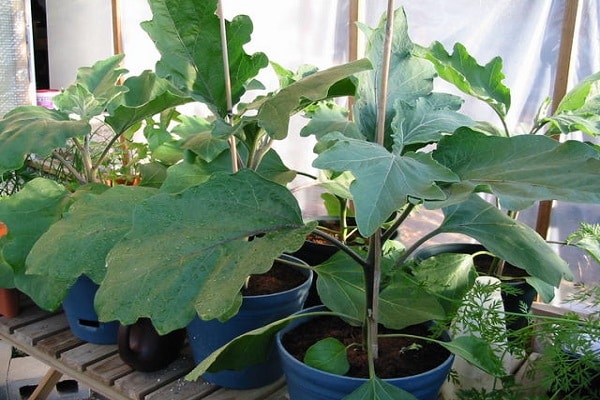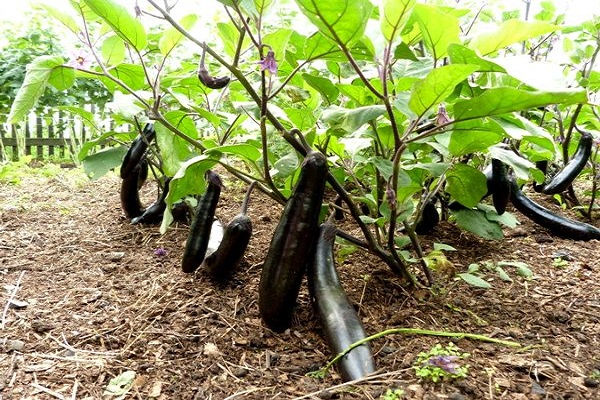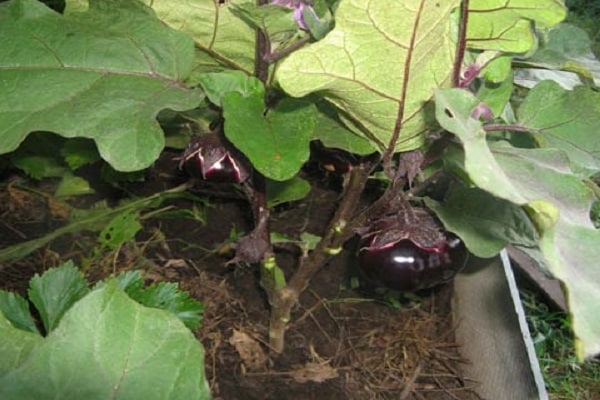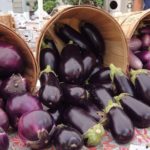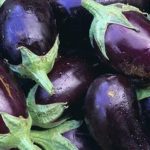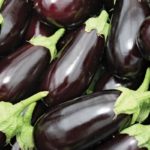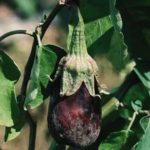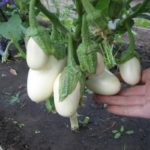Growing crops is a labor-intensive process, as plants are often capricious. There are certain characteristics of cultivation in different areas. For the convenience of summer residents, breeders develop varieties and hybrids that are adapted and grow in the climatic conditions of a particular region. What varieties of eggplant are suitable for the Leningrad region is a question that vegetable growers from the region are asking.
The best varieties of eggplant for the Leningrad region
Summer residents from this region are looking for varieties that are suitable for growing in their region of residence. And producers are developing new species that are resistant to climate change and all other growing conditions characteristic of the region. This makes it easier to select a variety. The summer resident no longer acts by trial and error, choosing from the assortment provided.
Experienced vegetable growers advise residents of the Leningrad region grow eggplants in a greenhouse. It is not necessary to purchase expensive greenhouses. It is enough to use a greenhouse built with your own hands, from arcs and polyethylene.
In open ground, plants do not have time to ripen. It is also recommended to use the seedling growing method. This makes it more likely to get the desired yield.
Ping Pong F1
An interesting and unusual eggplant hybrid. A distinctive feature is the white color of the fruit and the shape of the vegetable. The characteristics of the plant will help you understand whether you need a similar variety in your arsenal or not.
Bush:
- low - 60-70 cm;
- mid-season, ripens in 100-110 days;
- green leaves have thorns;
- blooms white.
Vegetable:
- spherical shape;
- weighing 190-250 g;
- the pulp is white, tender, and does not have the bitterness characteristic of the culture;
- skin color: white or beige.
When growing the Ping Pong species, you don’t have to do anything special. Caring for eggplants is the same as caring for other relatives. Timely watering, weeding, loosening and fertilizing.
When grown by seedlings, they are transferred to the ground at the age of 2-2.5 months. Water as needed, without flooding or letting it dry out.
Pelican F1
A good variety for growing in the Leningrad region. It is characterized by resistance to diseases and unfavorable climatic conditions.
Bush:
- height: 100-120 cm;
- the stem is powerful;
- ripens within 115-120 days;
- yield: 1.5-2 kg per 1 m2.
Vegetable:
- shape: saber;
- White color;
- weight: 200-250 g;
- length: 15-18 cm;
- diameter: 4-6 cm;
- pulp: tender, without bitterness.
They are grown by seedlings, in greenhouses and open ground. When planting in a permanent place, plant 4 plants per 1 m2.
Swan F1
A common variety among summer residents, as it is an unpretentious and undemanding hybrid. Characterized by resistance to temperature changes and high field health.
Bush:
- height: 50-70 cm;
- compact;
- ripens within 105-115 days;
- yield 18 kg per 1 m2.
Vegetable:
- cylindrical shape;
- white;
- weighing up to 250 g;
- 18-20 cm long;
- diameter 5-7 cm;
- the pulp is white, without bitterness;
- stored for a long time.
Lebedushka eggplants can be used for any cooking method, and they are also beneficial for the human body.
Lilac fog F1
Choosing a variety to grow is a personal matter for each vegetable grower. They are chosen mainly based on the characteristics of the vegetable and the positive properties of the eggplant.
Bush:
- height 60 cm;
- stem heavily pubescent;
- leaves without serrations, green;
- ripens in 105-115 days.
Vegetable:
- oblong or oval shape;
- weight: 150-200 g;
- color: lilac;
- pulp: tender, without bitterness;
- stored for a long time.
Among diseases, it is immune to bacterial rot. It is universal in cultivation, as it is adapted to any climatic conditions.
The disadvantage of the hybrid is that it is afraid of frost.
Piggy
The characteristics of the variety show that the variety is resistant to changing weather conditions.
Bush:
- Height 50 cm.
- The stem is powerful.
- Ripens within 115-125 days.
- Productivity: 1.5-2 kg per bush.
Vegetable:
- Oval shape.
- The color is white-pink.
- Weight 200 g.
- The taste is typical for the culture, without bitterness.
- They are stored for 1 month without loss of presentation.
Connoisseurs of unusual fruit colors will love the Piggy eggplant variety.
Lolita F1
A high-yielding variety of eggplant, resistant to unfavorable growing conditions.
Bush:
- height 70-80 cm;
- semi-spreading;
- medium leafy;
- pubescence is medium;
- there are rare thorns;
- leaves are green, oval in shape;
- purple flowers;
- yield 15 kg per 1 m2;
- ripens within 110-115 days.
Vegetable:
- oval shape;
- weighing up to 300 g;
- length reaches 25 cm;
- the flesh is greenish without bitterness;
- keeps for several months.
Requires treatment for diseases and pest control. Summer residents use the vegetable for cooking and all types of winter preparations.
Behemoth F1
This hybrid is grown by summer residents because, if all requirements for agricultural technology are met, it produces a high yield.
Bush:
- up to 1.5 m high;
- stem slightly pubescent;
- leaves are oval, green;
- ripens in 110-115 days.
Vegetable:
- pear-shaped;
- weighing up to 350 g;
- length 18 cm;
- diameter 8 cm;
- color deep purple;
- glossy surface;
- pulp yellowish
- the taste is characteristic of the vegetable, without bitterness;
- stored for 1-2 months.
Timely treatment against diseases and attacks by insect pests is required.
Bagheera F1
Another hybrid recommended for cultivation in the Leningrad region. It is characterized by summer residents as a type of eggplant that is resistant to temperature changes and changing climatic conditions.
Bush:
- height: 70-120 cm;
- the stem is powerful;
- leaves are green;
- purple flowers;
- there are no thorns on the plant;
- yield from 1 plant to 3 kg;
- ripens in 95-105 days after germination.
Vegetable:
- oval-elongated shape;
- weight: 250-300 g;
- length reaches 20 cm;
- diameter up to 8 cm;
- color dark purple;
- flesh greenish;
- the taste is slightly bitter;
- can be stored for a long time.
Bagheera is immune to common cultural diseases. Therefore, it does not require special processing.
Nutcracker F1
The characteristics of the vegetable show the increasing popularity of this hybrid among summer residents. It is in demand due to the fact that it is universal in use and produces a large harvest.
Bush:
- height: 1-1.5 m;
- semi-spreading;
- medium leafy;
- leaves are dark green, almost round;
- bears fruit for a long time, forms many ovaries;
- ripens within 95-115 days;
- yield from 1 plant 5-8 kg, from 1 m2 20-22 kg.
Vegetable:
- spherical or pear-shaped;
- weight 250 g;
- length 14-16 cm;
- taste without bitterness;
- It is perfectly stored, maintaining its presentation.
Can be used for any method of using a vegetable.
Maxik F1
They are in demand among summer residents due to the fact that they easily tolerate temperature changes and are resistant to cucumber mosaic.
Bush:
- height 90 cm;
- compact;
- sparsely pubescent;
- leaves are small, green;
- ripens within 100 days;
- yield 10 kg per 1 m2.
Vegetable:
- cylindrical shape;
- weighing up to 250 g;
- dark purple color;
- the flesh is greenish, without bitterness;
- can be stored for a long time.
Treatment for insect pests is required.
Diamond
Familiar to all summer residents without exception. One of the old varieties that remains popular to this day.
Bush:
- height 55 cm;
- compact;
- green leaves;
- purple flowers;
- yield 8 kg per 1 m2;
- ripens in 110-115 days.
Vegetable:
- oblong shape;
- weighing up to 300 g;
- flesh greenish;
- characteristic taste, with bitterness;
- stored for 1 month while maintaining its presentation.
Eggplant Diamond are a variety, so you can collect planting material yourself.
Black handsome
Another variety that can bear fruit in unfavorable climate conditions. In addition, it has high immunity.
Plant:
- height 40-55 cm;
- branched;
- yield 3 kg from 1 bush;
- ripens within 120-140 days, in a greenhouse in 105-125 days.
Vegetable:
- elliptical shape;
- weight 200-300 g;
- length 13-15 cm;
- diameter 11-12 cm;
- glossy surface;
- color dark purple;
- the pulp is beige;
- taste characteristic of the culture, without bitterness;
- It is stored for a long time and retains its presentation.
Compliance with the rules and requirements of agricultural technology will allow you to obtain the declared yield.
Growing eggplants
In the Leningrad region, eggplant planting is carried out only by seedlings. It is advisable to plant the crop in a greenhouse. This makes it more likely to get the harvest on time and in full.
In the greenhouse
It is not necessary to purchase expensive greenhouses to grow crops. Constructed with your own hands from polyethylene and arcs will allow you to get a good harvest.
Seeds for seedlings are planted in the last ten days of February. It is advisable to sow in separate containers, as the crop does not like diving.
They are transferred to the greenhouse in mid-May, until buds appear on the plants. To do this, form high, 60 cm, beds. Be sure to add humus and mineral fertilizers to improve the nutritional value of the soil. Plant 4-6 plants per 1 m2.
In the open ground
Experts do not recommend growing it in open ground. Because the warm period is short and the crop does not have time to ripen. It is enough to allocate some space for a couple of bushes in a common greenhouse.
Care
The amount of harvest depends on proper care. Eggplants do not tolerate waterlogging and drought. Therefore, they need to be watered on time and in moderation.
The amount of watering depends on weather conditions, in hot weather 2-3 times a week, if the temperature is low, then 1-2 times for 7 days.
The greenhouse must be ventilated to create the correct microclimate. Experts say that eggplants need sunlight. Therefore, in the greenhouse on sunny days, the polyethylene is removed and left for a day.
Loosening the beds will provide the root system with the necessary amount of oxygen. Plants are hilled 3-2 times during the growing season.
The formation of bushes depends on the selected variety. All stepsons below the first fork and those located next to the ovary are removed.
Diseases and pests
Disease in eggplants depend on the variety, many hybrids are immune to common crop diseases. Plants suffer from:
- late blight;
- crown rot;
- dry rot;
- verticellosis wilt.
As for pests, the main problem is the Colorado potato beetle. Timely treatment against insects is required. They use traditional methods of control or treatment with chemicals. If the area is small, the beetles are collected by hand. It is recommended to use methods without the use of chemicals, because it settles in vegetables.
It is possible to grow eggplants in the Leningrad region, but it is better to do it in a greenhouse. This makes it more likely to get a good harvest.

